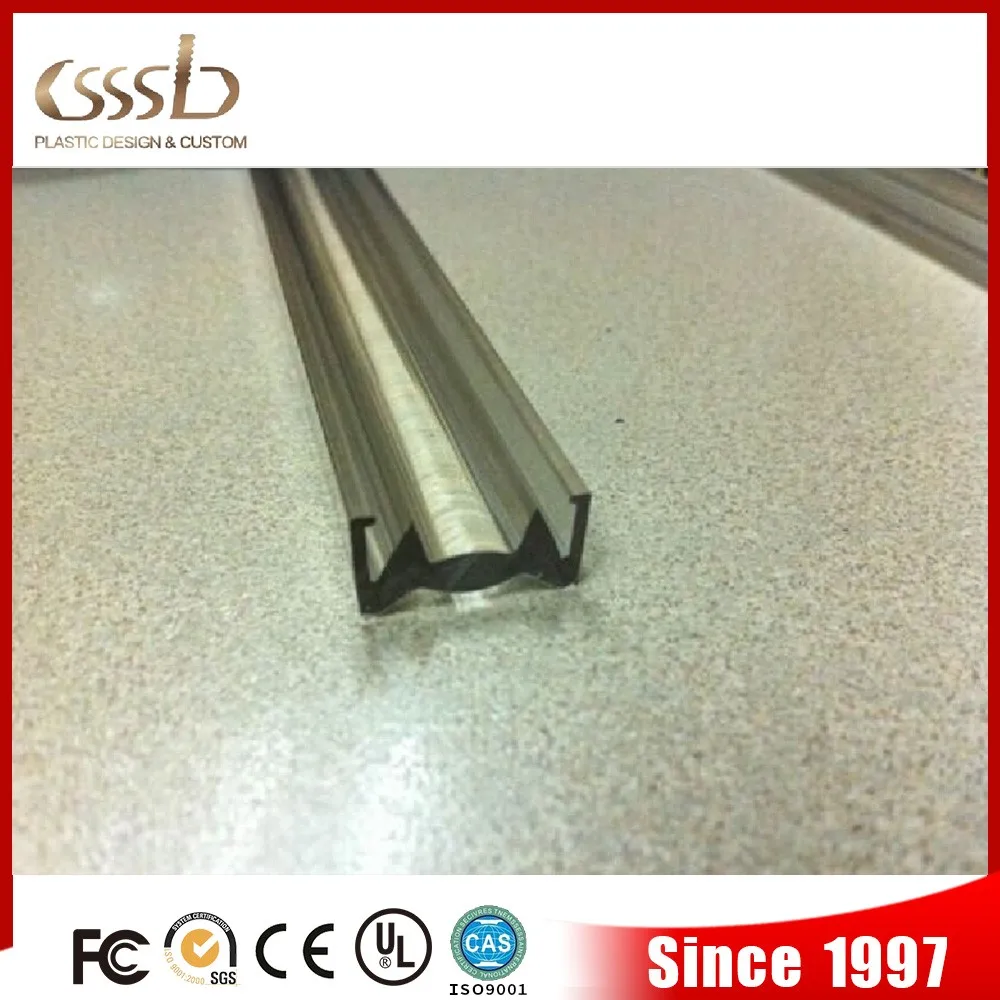Despite its popularity, sodium cyclamate has faced scrutiny and regulation. Initially, its use was widespread; however, concerns regarding its safety arose in the late 1960s when studies indicated a potential link to cancer in laboratory animals. As a result, the United States banned sodium cyclamate in 1970. Nonetheless, many other countries, including those in Europe and Asia, continued its use, subject to safety evaluations and limits on consumption. Recently, reassessments of its safety profile have led to discussions about potential reapproval in the U.S. market, reflecting the ongoing debate over the safety of artificial sweeteners.
 Home
Home








